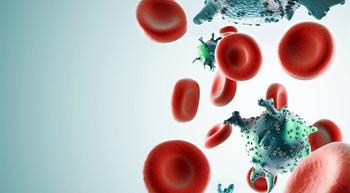Yesterday, The New England Journal of Medicine published a study endorsing early palliative care for patients with metastatic lung cancer. The study found that patients who were assigned palliative care at diagnosis had a better quality of life, had less depression, and lived longer (approximately two months) than patients assigned to standard care. Palliative care focuses on creating the best quality of life for patients suffering from symptoms of a disease. This may be by alleviating treatment side effects, such as pain, with medication. It can also be through providing nutritional advice or even spiritual counseling. Palliative care is a holistic approach to caring for a patient's mind and body so that he or she will be in the best possible condition for treatment and to enjoy daily life. So it seems obvious palliative care is available to everyone, right? Not so, says an accompanying editorial to the NEJM study. "Despite the increasing availability of palliative care services in U.S. hospitals and the body of evidence showing the great distress to patients caused by symptoms of illness, the burdens on family caregivers, and the overuse of costly, ineffective therapies during advanced chronic illness, the use of palliative care services by physicians for their patients remains low. Physicians tend to perceive palliative care as the alternative to life-prolonging or curative care--what we do when there is nothing more that we can do--rather than as a simultaneously delivered adjunct to disease-focused treatment," says Amy S. Kelley, MD, and Diane E. Meier, MD, from Mount Sinai School of Medicine. In 2008, CURE featured an article on palliative care that brought to light the importance of this specialty, especially for cancer patients who suffer many side effects of treatment. More and more, we are seeing cancer patients living with metastatic or chronic disease, sometimes waiting for the next greatest therapy and sometimes keeping the cancer at bay with cyclical treatments. With palliative care to help ease their burdens, these patients can continue to enjoy daily life and hopefully be stronger physically and mentally to undergo treatment. Perhaps this is best put by Patty Szostak, a cancer patient who received palliative care and who was interviewed for our story. "I do get scared. But I am able to feel joy. And I still have a mental image of myself at age 90 in my garden with the cats running around, and me pressing seeds into the ground. That's the picture I have. And I'm not giving up on it." That level of hope and joy should be available to all cancer patients.
